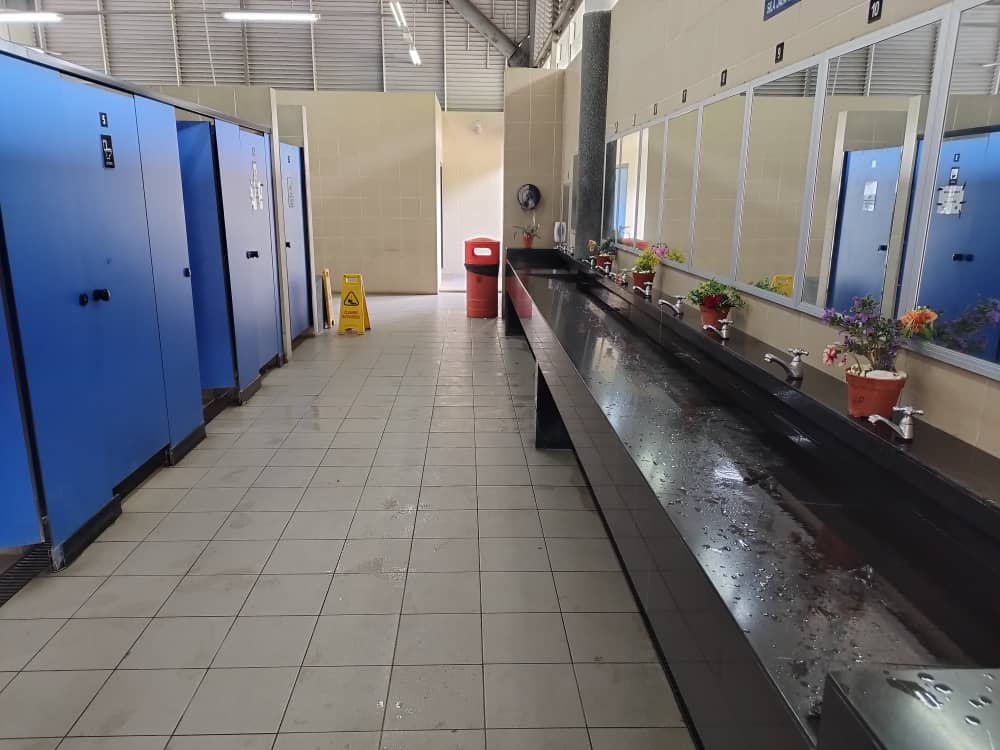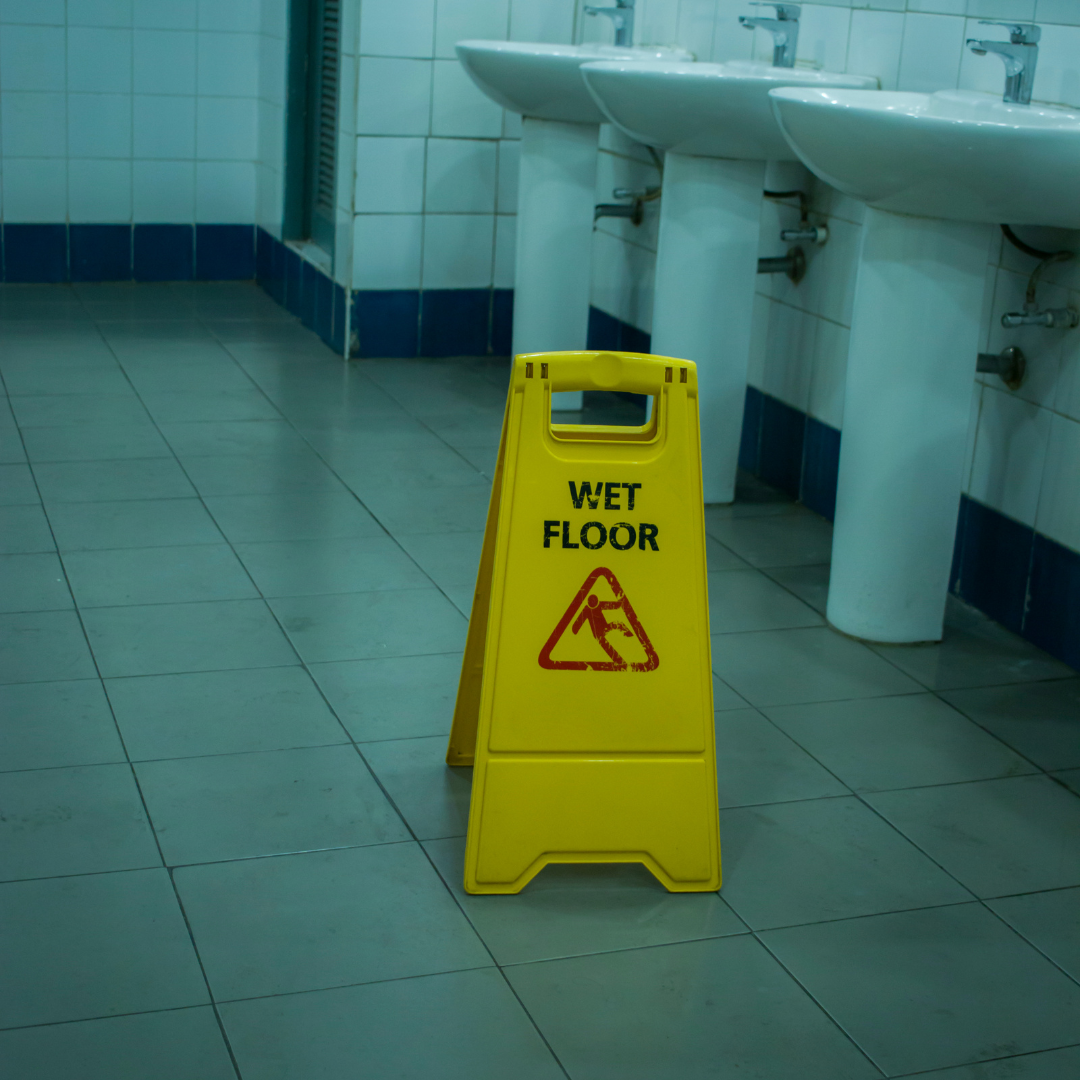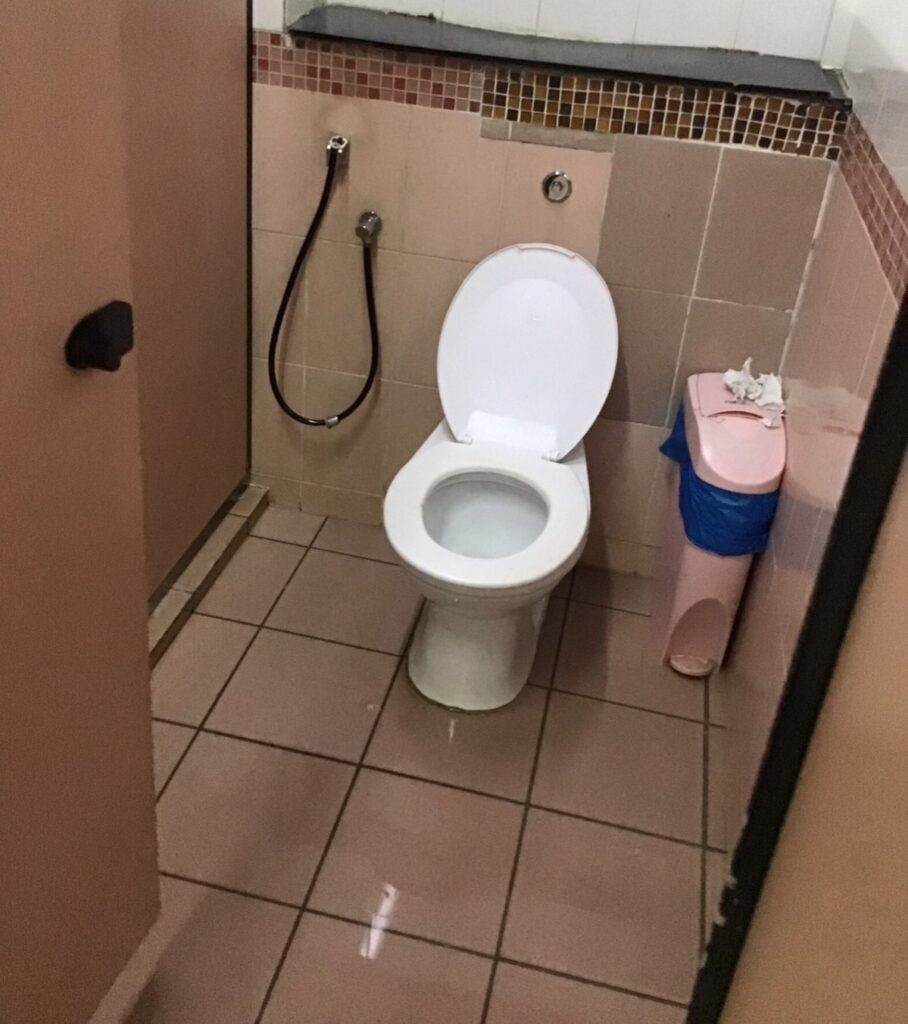Unhygienic Public Toilet Is Your Biggest Virus
Over 50 different types of bacteria roams around
Why Does it smell so bad?
It’s a sentiment shared by many Malaysians – the overwhelming stench that hits you like a wrecking ball when entering a public toilet in the R&R along the highway. However, beyond the discomfort and jokes, have you considered the potential hazards to public health and safety posed by unhygienic toilets?

A single cubicle can harbour nearly 50 types of bacteria, lurking on toilet seats, walls, cubicle doors, and in the surrounding air. The repercussions extend beyond a mere inconvenience, leading to skin rashes or boils, and in rare cases, even viral infections such as the common cold and influenza. The risk arises from the shared nature of public toilets; you never know who may have left behind harmful viruses. Unhygienic conditions provide an ideal breeding ground for these pathogens, and without proper cleaning, unsuspecting individuals may fall ill.
The toilets are plagued by foul odours, making it difficult to breathe upon entry due to unflushed waste. Can you imagine that each time you use these toilets, you are inhaling bacteria and virus into your lungs. If these bacteria were to get into your lungs, you could possibly develop pneumonia and other breathing problems that comes with it. Moreover, if you inhale it long enough, it could cause some serious damage to your body. Additionally, urine stains and improperly disposed sanitary pads not only worsen the unpleasant atmosphere but also contribute to environmental pollution. Did you know that uncleaned urine stains can lead to the growth of pathogenic bacteria or viruses? Urine stains that are left exposed long enough can create the perfect environment for these pathogens to thrive. Similarly, used sanitary pads, when not properly disposed of, can promote bacterial growth if left exposed for a prolonged period, whether stuck to walls, in overflowing trash cans, or clogging drainage systems. You are risking your own health because of the environment and personal hygiene.
Beyond health concerns, poorly maintained toilets pose safety risks, especially for the elderly and children. Slippery floors increase the likelihood of accidents, making it imperative to address these issues promptly. Malaysians are all too familiar with the constant wetness and potential hazards in public toilets, prompting questions about the allocation of taxes for the country’s development. Shouldn’t a portion of these funds be utilized to maintain the cleanliness of our public facilities? Is our health and safety not a priority?

This leads to a broader question – can we truly hope for a sustainable Malaysia when the basic standards of public health and safety in toilets are not met? Authorities need to move beyond mere renovations and upgrades; a sustainable solution involves ongoing maintenance and public education on proper hygiene practices. The presence of maintaining personal hygiene posters alone won’t suffice; a proactive approach is necessary to combat the contributing factors to bacterial and viral growth in public toilets.
What is the point of The Ministry of Health (KKM) in offering grants to hospitals and clinics when the public’s health is constantly being sabotaged by an unhygienic public toilet. It is the duty of the health ministry to educate the public on maintaining personal hygiene and uphold the statutory human rights for health and well-being. We have the right to attain good health and well-being, it is part of the SDG goal 3 that aims to prevent needless suffering from preventable diseases and premature death by focusing on key targets that boost the health of a country’s overall population. As we recalled in 2017, Malaysia has announced its support in recognising and implementing the 17 SDG goals to achieve sustainability by 2030. Yet here we are in 2024, and we’ve failed to even fulfil SDG Goal 3, the right to good health and well-being.
Environmental Pollution can lead to very serious health impacts
Environmental pollution encompasses various facets, and seemingly minor issues can escalate over time. As one thing leads to another which could irrevocably compromise the public’s health. It’s essential to take preventative measures now rather than waiting for a crisis to unfold. Our health and safety matters, and it’s the responsibility of the ruling authorities to uphold our rights to a sustainable and hygienic environment.

Let us know if you run into the same issues and feel that a change needs to be done. Help us make that change by filling in this survey form;
Sources:
Abdullah, N. I., 2016. The cleanliness of Malaysian public toilets. [Online]
Available at: https://www.malaysiakini.com/news/362942
[Accessed 19 January 2024].
Centre For Disease Control And Prevention, 2011. Staphylococcus aureus in Healthcare Settings. [Online]
Available at: https://www.cdc.gov/hai/organisms/staph.html
[Accessed 19 January 2024].
Cleveland Clinic, 2022. Staph Infection. [Online]
Available at: https://my.clevelandclinic.org/health/diseases/21165-staph-infection-staphylococcus-infection
[Accessed 19 January 2024].
healthline, 2021. Can Mold in the Toilet Indicate Diabetes?. [Online]
Available at: https://www.healthline.com/health/diabetes/mold-in-toilet-diabetes
[Accessed 19 January 2024].
Lefroy, E., 2023. Scientist exposes hidden bacteria all over your home — including staph, E. coli. [Online]
Available at: https://nypost.com/2023/03/31/scientist-exposes-hidden-the-bacteria-all-over-your-home/
[Accessed 19 January 2024].
S.E. Abney, K. B. J. M. M. K. I. C. G., 2021. Toilet hygiene—review and research needs. [Online]
Available at: https://www.ncbi.nlm.nih.gov/pmc/articles/PMC9292268/
[Accessed 19 January 2024].
Times Of India, 2023. 5 infections you can pick up from your own toilet seat; be careful!. [Online]
Available at: https://timesofindia.indiatimes.com/life-style/health-fitness/health-news/5-infections-you-can-pick-up-from-your-own-toilet-seat-be-careful/photostory/102107750.cms
[Accessed 19 January 2024].
Xiang Cao, G. H. Y.-y. L. M. W. J.-X. W., 2022. On male urination and related environmental disease transmission in restrooms: From the perspectives of fluid dynamics. [Online]
Available at: https://www.ncbi.nlm.nih.gov/pmc/articles/PMC8812150/
[Accessed 19 January 2024].
